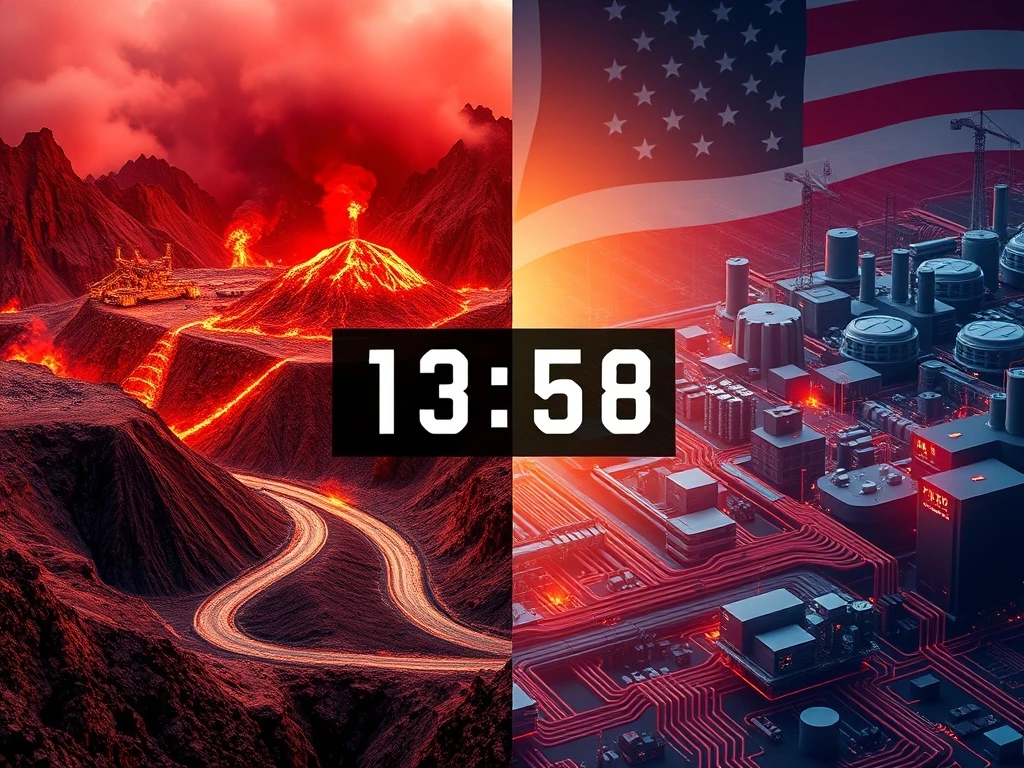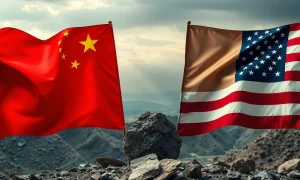The global technology race faces an unprecedented crisis as China tightens its grip on rare-earth elements – the invisible foundation of modern innovation and national security.
China’s Rare-Earth Elements Strategy
China currently controls approximately 90% of global rare-earth elements production. Consequently, this dominance creates significant supply chain vulnerabilities. Moreover, Beijing recently implemented export restrictions on critical minerals. These strategic moves directly impact global technology manufacturing.
U.S. Vulnerability to Rare-Earth Elements Shortages
The United States imports over 80% of its rare-earth elements from China. Therefore, American defense systems and technology sectors face immediate risks. Furthermore, electric vehicles, smartphones, and military equipment all require these minerals. Transitioning to domestic production requires substantial investment and time.
Global Rare-Earth Elements Supply Chain Analysis
* Production Distribution: China leads with 60% of mining and 90% of processing
* Alternative Sources: Australia and United States developing new projects
* Processing Challenges: Environmental regulations slow Western expansion
* Time Constraints: New mines require 10-15 years development time
Strategic Implications of Rare-Earth Elements Control
Geopolitical tensions increasingly influence mineral access. Additionally, technology wars extend beyond semiconductors to raw materials. Meanwhile, other nations scramble to secure alternative supplies. However, China’s infrastructure advantage remains substantial for now.
Solutions for Rare-Earth Elements Independence
The U.S. government recently allocated $35 billion for domestic rare-earth projects. Consequently, several mining operations received federal funding. Furthermore, recycling programs gain importance for secondary supply. International partnerships also develop among allied nations.
Future Outlook for Rare-Earth Elements Market
Market analysts predict continued supply constraints through 2030. Therefore, price volatility will likely affect technology sectors. Meanwhile, innovation focuses on reduction and substitution of critical minerals. Ultimately, supply chain diversification becomes essential for economic security.
FAQs
What are rare-earth elements used for?
Rare-earth elements power smartphones, electric vehicles, wind turbines, and advanced weapons systems.
Why does China dominate rare-earth production?
China invested heavily in mining infrastructure and processing technology over three decades.
How long would U.S. independence take?
Developing domestic supply chains requires 7-10 years minimum with current technology.
Are there environmental concerns with mining?
Yes, rare-earth extraction produces radioactive waste and requires significant water resources.
Which countries have alternative reserves?
Australia, Vietnam, Brazil, and the United States possess substantial untapped reserves.
What’s the immediate impact on consumers?
Technology products may face price increases and potential supply shortages within 18-24 months.






